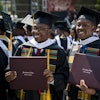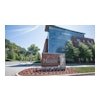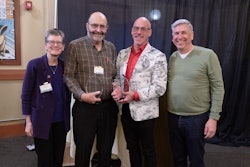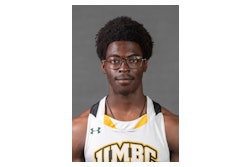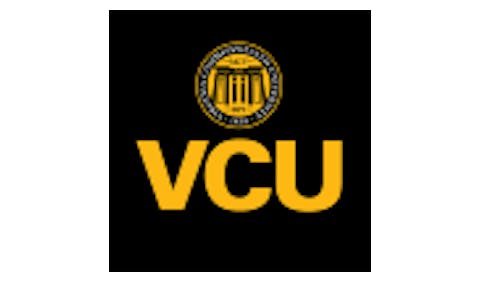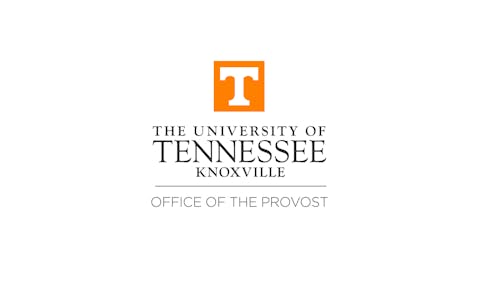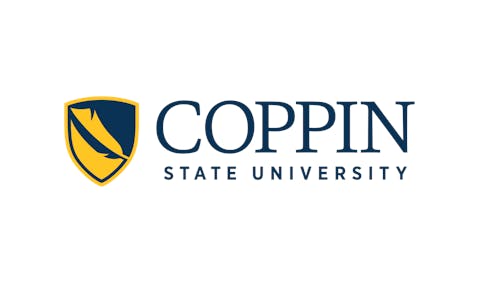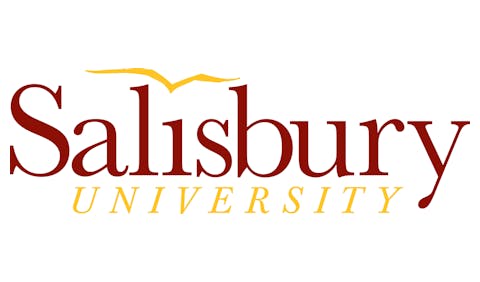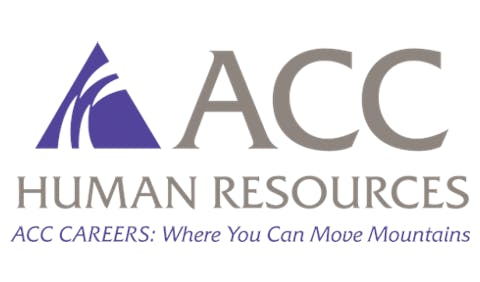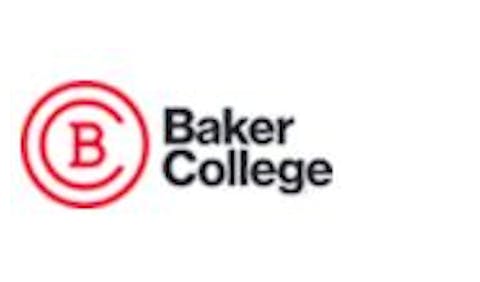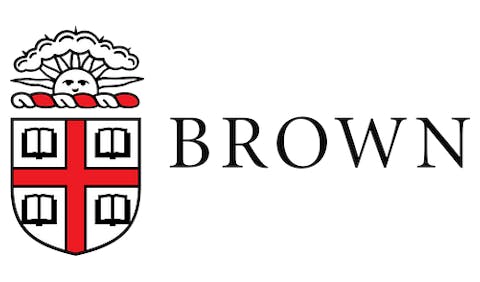First-year enrollment at U.S. medical schools reached an all-time high this year as more than 18,000 first-year students enrolled in U.S. medical schools, increasing 2 percent over 2007, the Association of American Medical Colleges announced Tuesday.
According to AAMC data, the entering class of 2008 is among the most diverse classes in recent years. The number of first-year Hispanic students rose by more than 10 percent this year, the number of first-year students of American Indian descent rose by more than 5 percent and the number of Black first-year students remained relatively stagnate, decreasing by three-tenths of a percentage point.
“In a time of great economic uncertainty, interest in the healing profession of medicine remains stable, says Dr. Darrell G. Kirch, president and CEO of the AAMC. “As medical schools expand to meet the nation’s demand for more doctors, there will be even more opportunities for the most qualified and well-rounded aspiring doctors to pursue careers in medicine.”
After five years of growth, the number of applications to medical school stalled this year at 42,231, slightly declining from 42,315.
The 2008 applicant pool also included fewer individuals from racial and ethnic minorities than in prior years. Despite the increase in enrollment, fewer Hispanics applied to medical school this year, representing a 3 percent decrease compared to last year. The number of Black and American Indian applicants decreased significantly — 4 and 3 percent, respectively, AAMC data revealed.
In 2006, the AAMC requested medical schools increase enrollments by 30 percent over the next seven to 15 years, citing growing evidence of a national physician shortage. Serious shortages in the fields of general surgery, particularly in smaller urban centers and rural districts, and in neuro-ophthalmology, were predicted. The lack of primary care doctors to work in settings where the patient load is high and the pay is less emerged as one of AAMC’s most critical concerns.
The number of first-year enrollees has increased incrementally, growing from 17,362 in 2006 to 18,036 in 2008.
“As the nation debates comprehensive reform of our health care system, it’s imperative that we continue to educate and train a new generation of qualified doctors prepared to execute those changes and lead the way of innovative health care,” Kirch says.
According to AAMC, medical schools are beginning to take a holistic approach to reviewing applicants, evaluating them on the basis of their academic and personal achievements and within the context of the opportunities and challenges each has encountered.
The applicants to medical school this year were among the most academically qualified in history; AAMC data showed an increase in the average of undergraduate grade point average and average MCAT scores. Women composed more than 48 percent of the applicants to medical school this year, down slightly from 49 percent in 2007.
Email the editor: editor@diverseeducation.com
Click here to post and read comments
© Copyright 2005 by DiverseEducation.com


